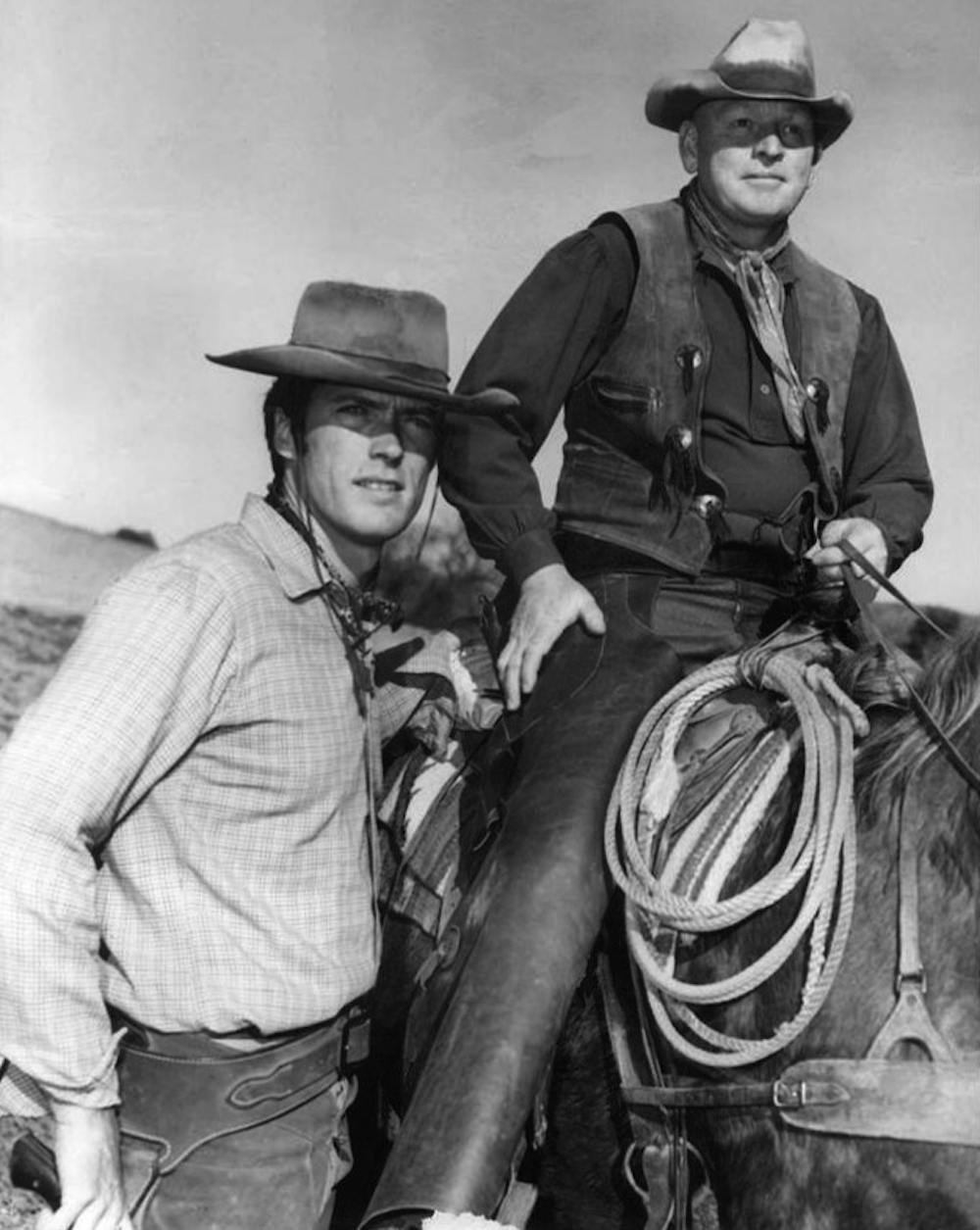What do you think when you hear phrases like Manifest Destiny, Oregon Trail, the West? Do you picture gunfights, cowboys, and rugged individualists?
You can thank the entertainment industry for those images.
Chances are that yesterday during Labor Day, many across America and the world watched a Western genre movie. Films such as "High Noon," "Open Range," "Unforgiven," "The Good, The Bad, and The Ugly," and my favorite "Once Upon A Time in the West" involve gunfights, sweet-talking, ladies, prostitutes, and lots of dirt. In reality, the Western frontier did have all these things (especially the dirt), but not on such a grand scale (except for maybe the dirt). Many towns outlawed guns and lived a tame life on the frontier taking care of their land, cattle, or their place of business. Most frontiersmen never saw a bullet-wounded cowboy fall from the roof of the general store that his gang was trying to rob.
So then, where did these intricate, highly entertaining, gunfight stories come from? Well, John Wayne certainly did not drum all of them up. During the expansion of America and the heart of frontier living, there was no TV, Xbox, or Internet. (How did they live?!). A popular form of entertainment (that still exists today) was reading. The stories of life on the frontier came from newspapers and books. However, they were not always entirely true (sort of like the Hollywood “based on” movies).
 John Wayne is famous for portraying cowboys in the Western film genre.
John Wayne is famous for portraying cowboys in the Western film genre.Courtesy of Wikimedia Commons" height="224
The books about the West became popular sellers. They sold for a dime a piece and thus, the name “dime novels” was born. Dime Novels shaped the way America saw the West. The authors of these novels knew what would sell: a good story. So stories of cowboy gangs robbing general stores and falling from second floor balconies became a recurring theme. The readers of the 19th century ate those stories up.
A few generations later when moving pictures became popular, the dime novel stories could be acted out. The first Western actually came out in 1903 and is called “The Great Train Robbery.” Throughout the 20th Century, western films would explode in popularity. Now, new generations of Americans were viewing films based on the novels of extravagant stories from the frontier. The films have popularized gunfights that actually happened such as the gunfight at the O.K. Corral ("Tombstone, The Gunfight at the O.K. Corral" for example) in Tombstone, Arizona. You can learn about how little this gunfight actually has to do with Tombstone’s history in a previous blog post here.
 Clint Eastwood became a figure of the West because of the many Western movie roles he starred in.
Clint Eastwood became a figure of the West because of the many Western movie roles he starred in.Courtesy of Wikimedia Commons" height="300
The Western films create a view of the American West as a place with dangerous gunfights, Indian encounters, and lots of outlaws. The generations watching these films now view this legacy of the West and the picture of the 18th Century frontier is cemented in their imaginations. The new films that come out about the West add to the rich legacy of the Wild West.
Have any historical questions about the West or just history in general? Drop us a line at sparkysquill@gmail.com or find us on twitter @Sparkysquill.




